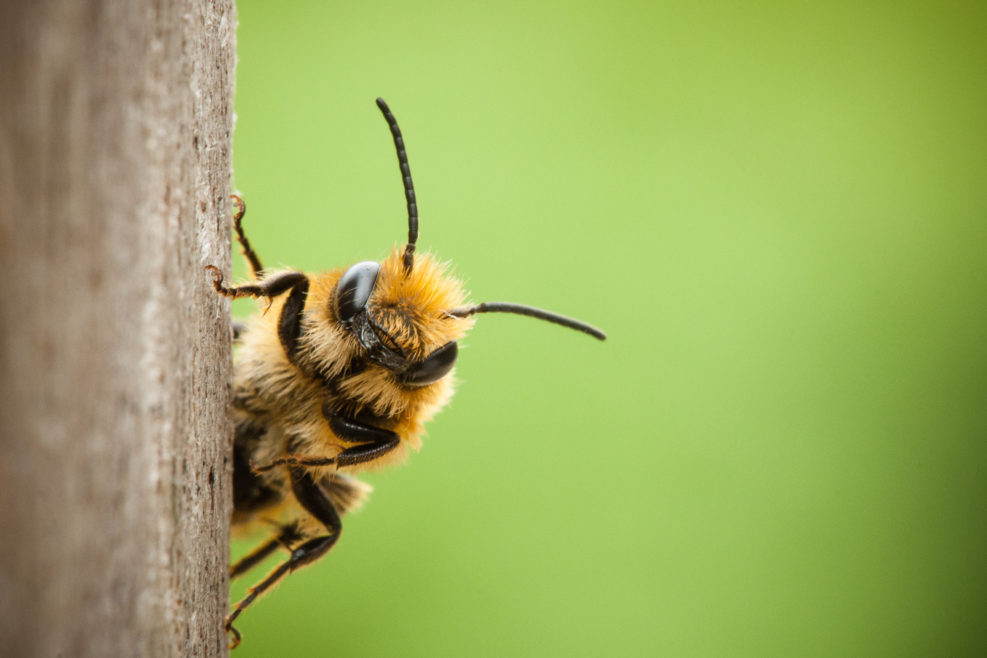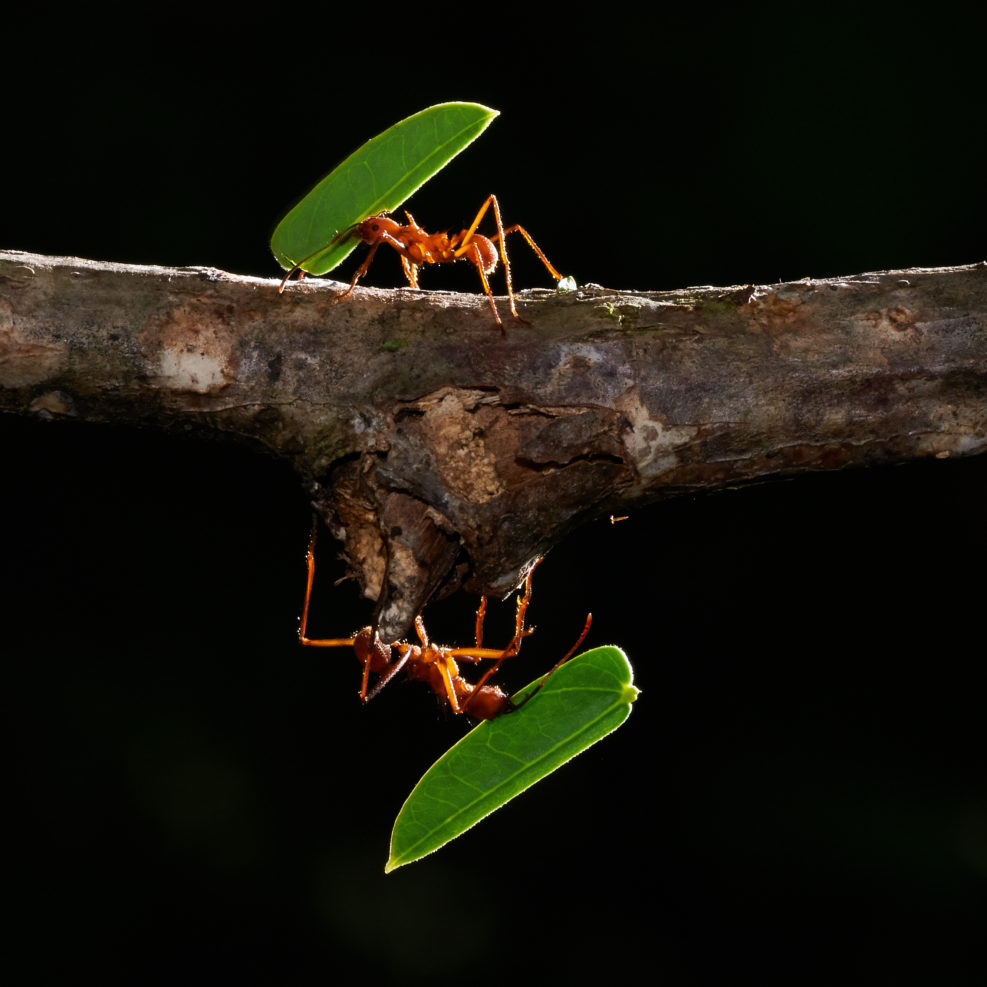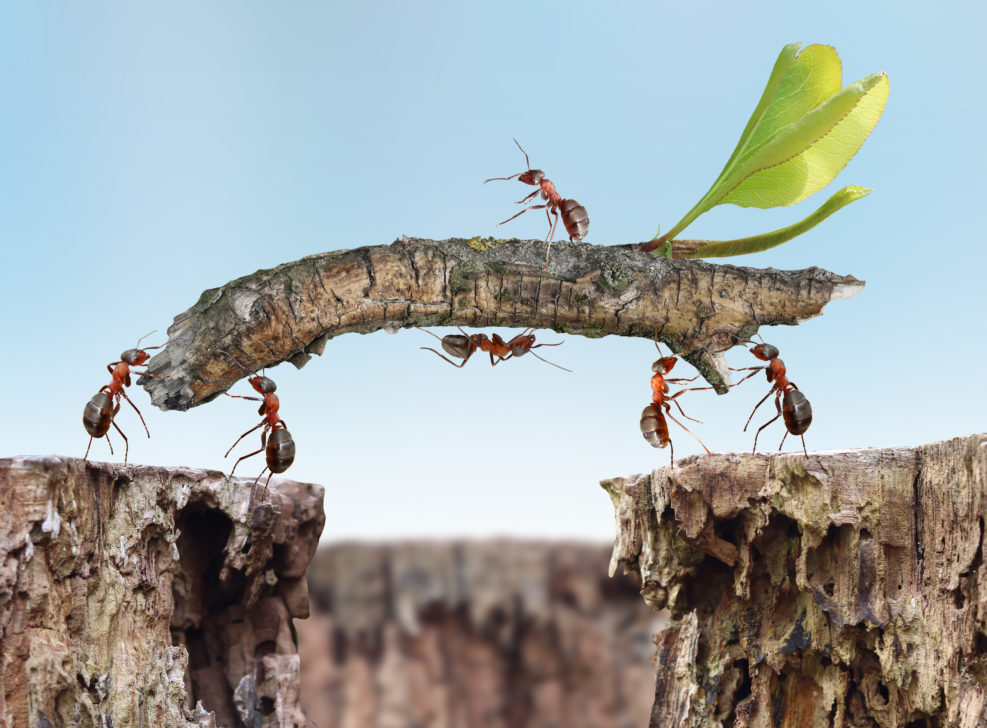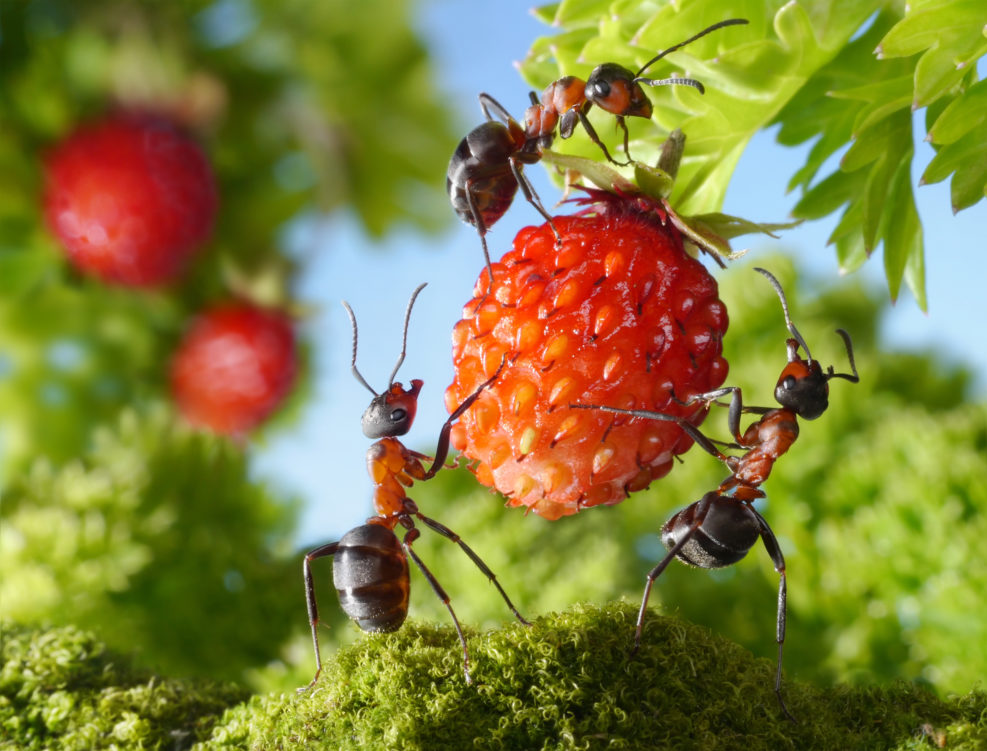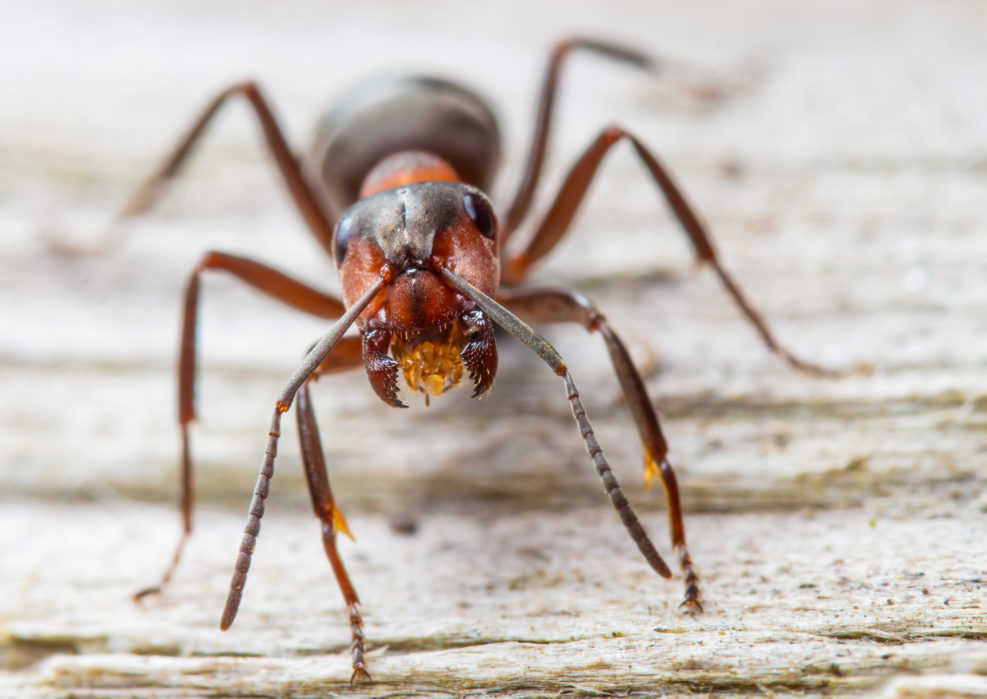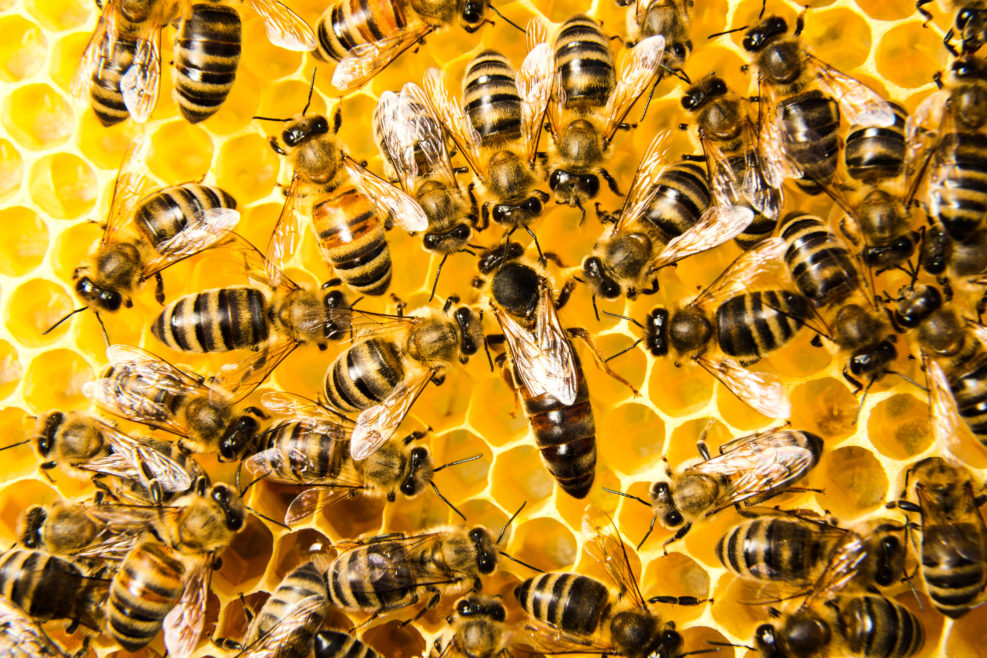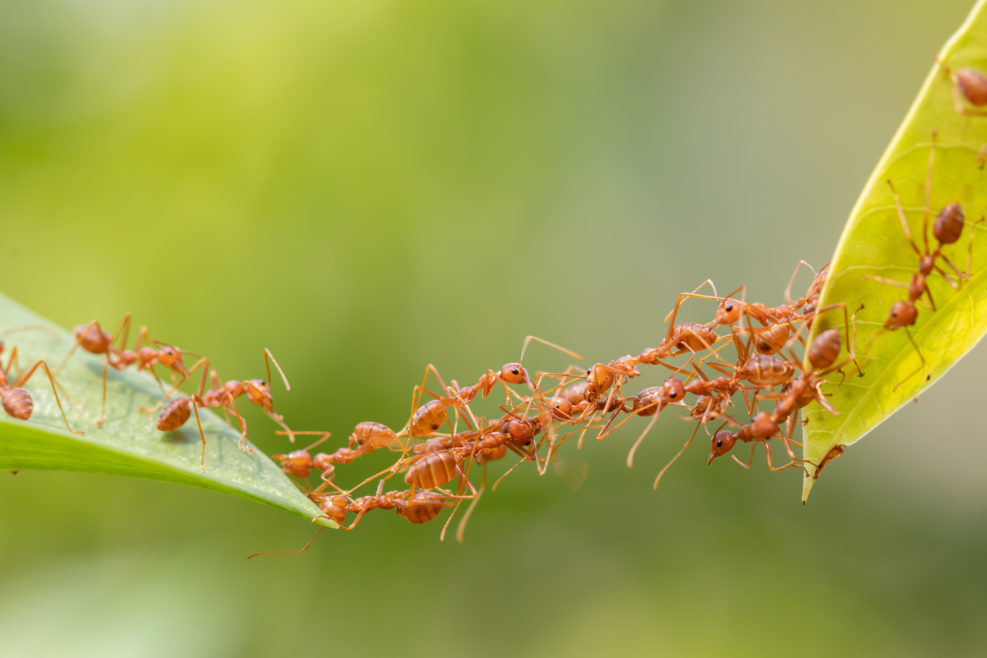
Animal Algorithms and Artificial Intelligence
Did you know that animals have built-in algorithms? Some of these amazing algorithms allow animals to migrate to new places and navigate back to previous locations. Insects also have a wide variety of fascinating social behaviors. Where did they come from? Eric Cassell, author of Animal Algorithms, discusses animal algorithms, artificial intelligence, instincts, and irreducible complexity with Robert J. Marks. Read More ›
